Who Was Dorothy Vaughan and What Can You Learn from Her Leadership?
By Jon Lokhorst, CPA, PCC
Chances are, you don’t recognize the name Dorothy Vaughan. More likely, you recall the portrayal of Vaughan by the award-winning actress, Octavia Spencer, in the much-lauded 2016 film, Hidden Figures.
Although she died in 2008, Vaughan stands out as an exemplary leader for us today. So much so that I featured her remarkable story in opening my new book, Mission-Critical Leadership: How Smart Managers Lead Well in All Directions.
Vaughan overcame gender and racial barriers to become a respected leader at NASA during the space race of the 1960s and 1970s. She began her career as a high school math teacher before joining the National Advisory Committee for Aeronautics (NACA, the predecessor to NASA) in 1943. She was a human computer, running complex mathematical calculations, mostly by hand, to provide data for NASA’s scientists and engineers.
Vaughan was assigned to a unit called the West Area Computing Group, or West Computers, at Langley Research Center in Hampton, Virginia. As depicted in Hidden Figures, Vaughan and her colleagues worked in offices segregated from their white counterparts.
Vaughan was noticed for her technical expertise and, in 1949, she was promoted to a leadership role as acting supervisor of the West Computers. She was the first African American manager at NASA. It took several years, though, for her to get the “acting” part of her title dropped and officially become a supervisor. The movie depicts Vaughan’s persistent, upward leadership toward her boss to gain that recognition.
Vaughan stewarded her leadership role well. She advocated for increasing women’s opportunities at the agency. She inspired her team to excel and worked to improve their working conditions. After learning the FORTRAN programming language, Vaughan taught it to many of her team members as they anticipated that electronic computers would soon perform calculations they had previously performed manually.
Vaughan also leveraged her role to lead across the organization, collaborating with colleagues on other projects critical to the space race, such as the development of a handbook for using algebraic methods on calculating machines. Engineers sought her recommendations to match projects with the best workers for the job. She often used her influence to seek promotions and pay raises for deserving women in other departments.
Amid all her accomplishments, Vaughan never lost sight of the mission for which she worked. She later described her work as being on “the cutting edge of something very exciting.” Vaughan and her team made critical contributions to United States space exploration. Without Vaughan, NASA may not have achieved President John F. Kennedy’s vision of landing a man on the moon.
What can you learn from Dorothy Vaughan’s legacy?
The best leaders never lose sight of their mission. They build positive working relationships while delivering crucially important results. They lead well in all directions throughout their organizations, not just downstream to the people for whom they are the boss.
Like Vaughan, the best leaders build unwavering trust with their superiors, gaining support and approval for their ideas. They gain influence as they develop productive working relationships with their peers and lead across departmental lines. And they start by leading themselves well, building a strong foundation to expand their leadership capacity.
Author Bio
Jon Lokhorst, CPA, PCC, is a leadership coach, speaker, trainer, and author of Mission-Critical Leadership: How Smart Managers Lead Well in All Directions, published earlier this year. He works with organizations to develop leaders everyone wants to follow, build teams no one wants to leave, and deliver exceptional results. Jon regularly speaks for MNCPA conferences and events. You can reach him at jon@yourbestleadership.com.









